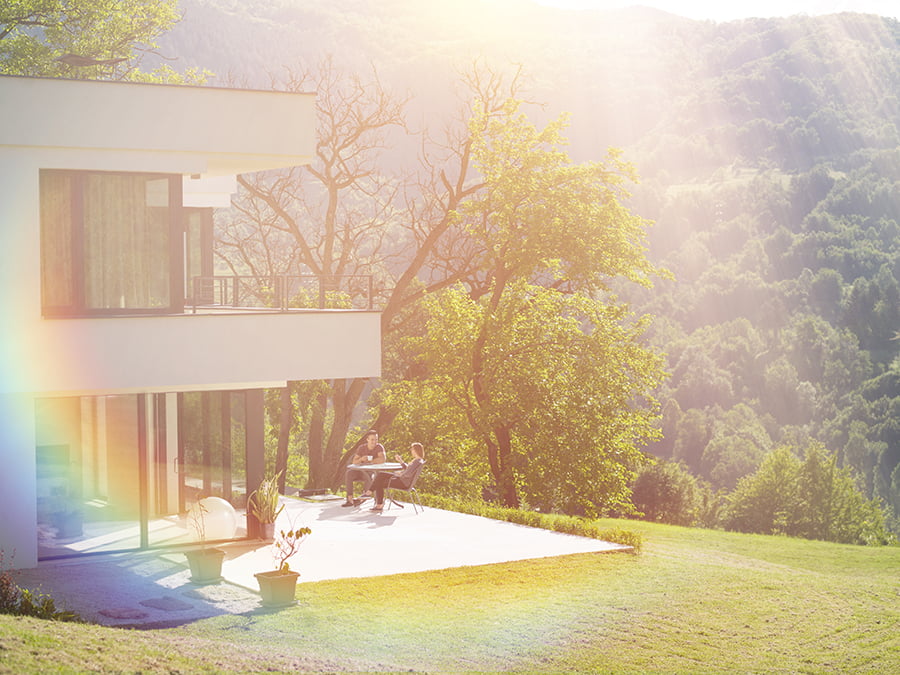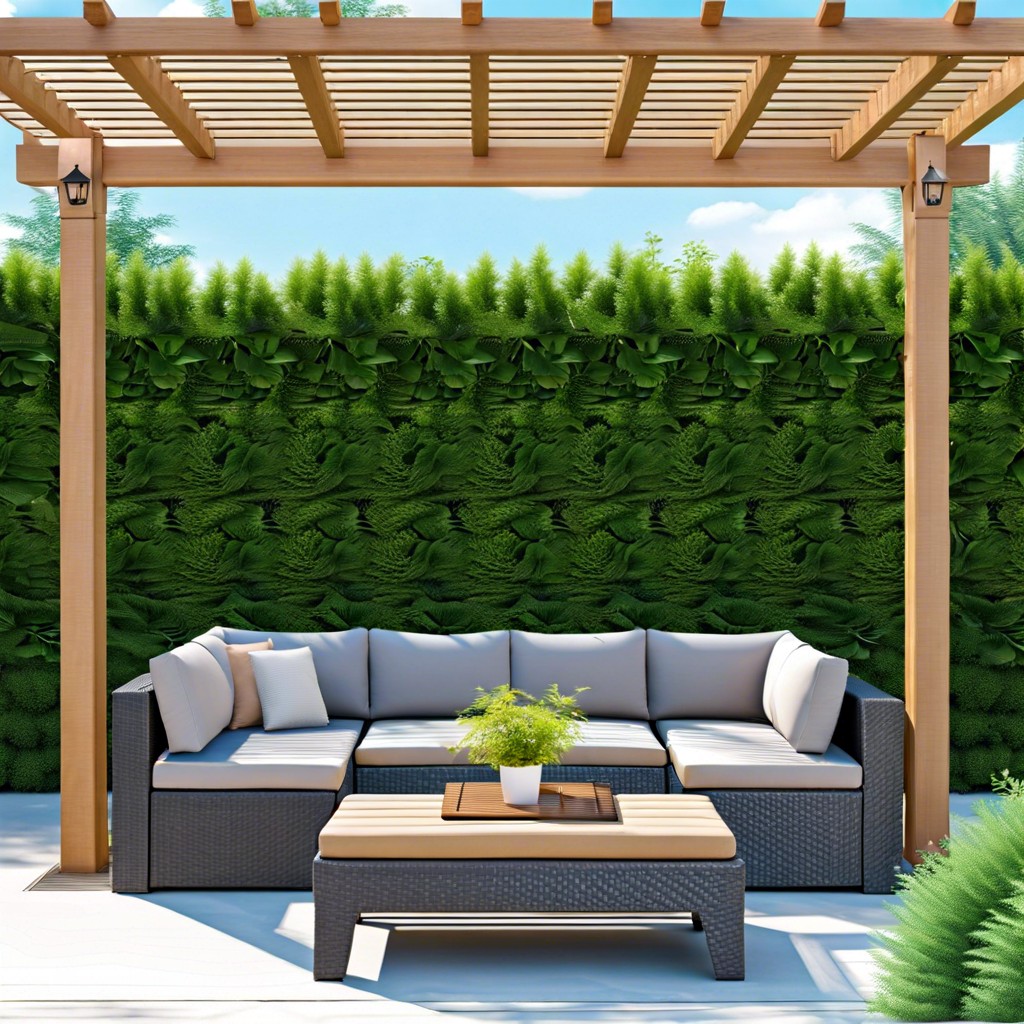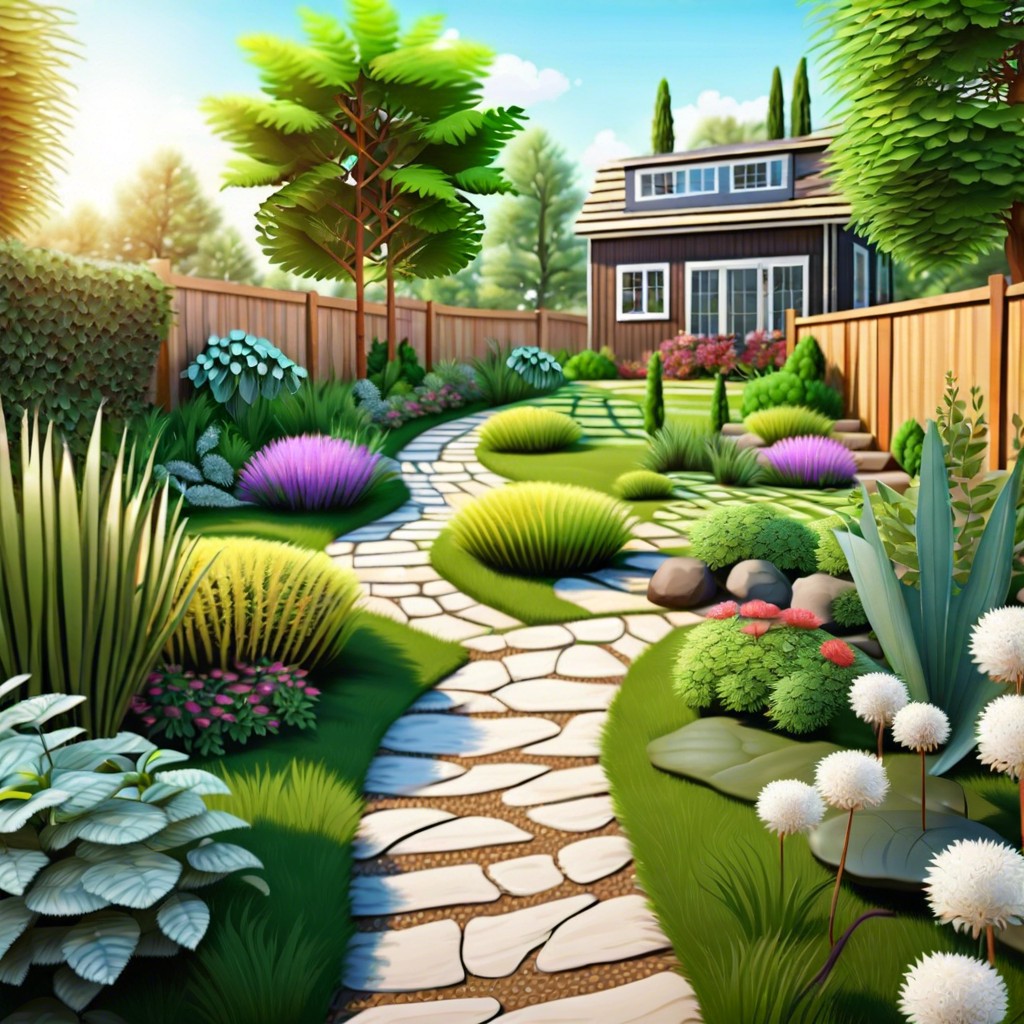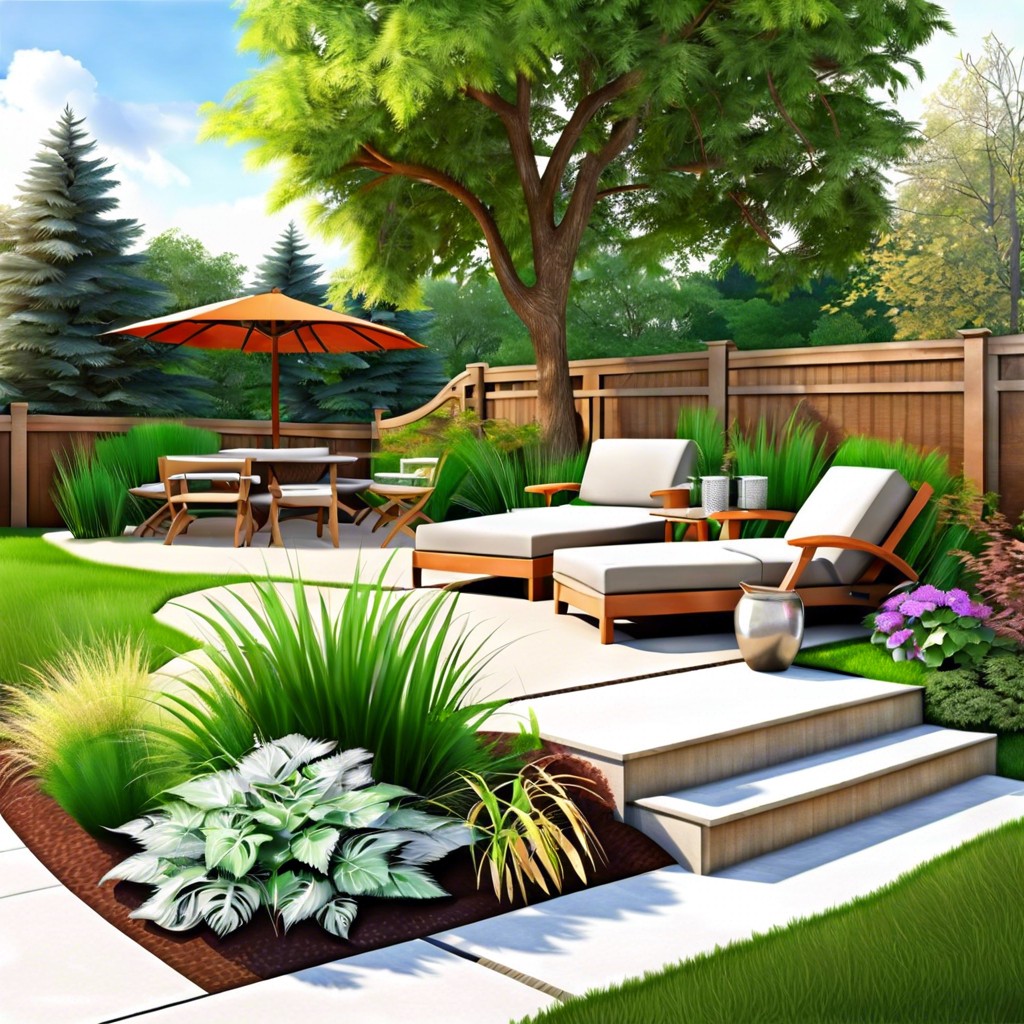Welcome to the scoop on landscaping: from transforming your backyard to appreciating the artistry of outdoor spaces, we’ll walk you through what shapes these green havens.
Key takeaways:
- The definition of landscape: visible features of an area of land.
- Elements of landscape design: color, form, texture, scale, line.
- Principles of landscape composition: balance, contrast, focal points, unity, rhythm.
- Sustainable landscaping practices: native plants, water conservation, mulching, eco-friendly tools.
- Examples of landscape in sentences: describing different scenes and moods.
Definition of Landscape
When you hear the word ‘landscape,’ what springs to mind? Perhaps rolling green hills, a city’s concrete jungle, or your own backyard brimming with blooming flowers. In essence, ‘landscape’ refers to the visible features of an area of land, a blend of natural and human-made elements that form a whole.
Imagine landscape as a canvas. Mother Nature holds the brush, painting with rivers, mountains, trees, and valleys, while humanity contributes pathways, gardens, buildings, and other modifications. These features craft the character and personality of each space, defining not just its aesthetic charm but also its functionality.
To grasp the concept fully, think about the balance of softscape and hardscape within a scene. Softscape involves the living, fluid aspects like plants and grass, which can evolve with time. Hardscape, on the other hand, includes inanimate, solid items such as patios and stone walls.
Collectively, these components shape an environment that can range from the grandeur of a national park to the intimacy of a backyard nook. Each landscape tells a story. It’s the context of our daily lives and the backdrop of our collective history. What tale does your surrounding landscape tell?
Elements of Landscape Design
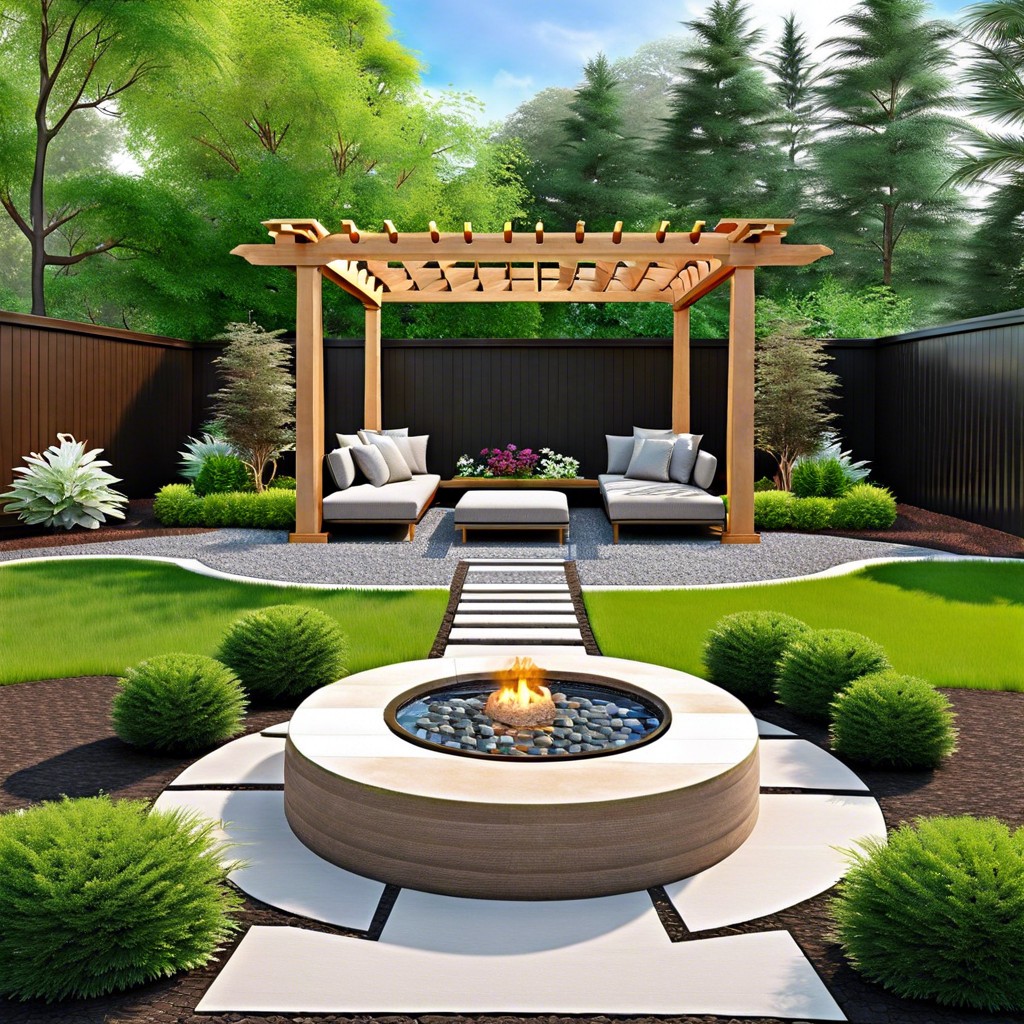
As you dip your toes into landscape design, think of yourself as an artist painting a canvas. Each stroke, or design element, brings character to the bigger picture. Just like a masterpiece needs a balance of shadow and light, a landscape requires harmony between its different parts.
Let’s talk color. Imagine the warm reds of autumn leaves or the cool blues of a water feature. Color sets the mood, with fiery hues inviting excitement, while greens and blues evoke calmness.
Then comes form. It’s all about shape. Round shrubbery can soften the harsh lines of a rectangular patio. Consider the pyramidal conifer adding structure to your garden’s skyline.
Texture is the subtle detail that adds depth. The contrast between the fine filigree of fern leaves next to the broad, glossy leaves of a magnolia is a textural treat for the senses.
Scale keeps everything in proportion. It’s the Goldilocks of design – not too big, not too small. A towering oak might overshadow a tiny cottage, but it could perfectly complement a grandiose estate.
Line guides the eye and creates movement. From the straight, formal walkway that leads you with purpose to the winding, whimsical path that invites leisurely exploration, lines tell a story of movement within your space.
Mix these elements with thoughtful consideration, and you’ll set the stage for a landscape that isn’t just seen, but truly experienced. So, pull out your metaphorical paintbrush and let’s get to work creating your outdoor masterpiece.
Principles of Landscape Composition
Imagine you’re crafting a visual sonnet with your garden where every plant and pathway brings its verse together in harmony. That’s the art of composing a landscape – where placement, proportion, and scale come into play.
First up, we’ve got balance, which is all about creating symmetry and asymmetry. Picture a seesaw where both sides are visually balanced; that’s the effect you’re gunning for in your garden. Whether you prefer evenly matched box hedges on either side of a pathway, or a more freestyle arrangement with varying heights and colors balanced throughout the space, equilibrium is key.
Next, there’s contrast and harmony. Like a pinch of salt in a chocolate chip cookie, contrast can make the greens greener and the blooms brighter. By juxtaposing textures and shapes, you bring out the best in each plant. Meanwhile, harmony ties your landscape together, making it sing as one cohesive piece rather than a hodgepodge of the botanical choir.
Don’t forget about focal points! These are your soloists – the showstoppers. They could be anything from a stunning fountain to a majestic oak tree or an eye-catching statue. They’re the “look-at-me” elements that give your space a story, leading the eye on a journey around the garden.
Lastly, unity and rhythm move those visual beats along the path, through repetitive patterns or colors that guide your gaze like a rhythm guitarist setting the tempo. These elements create a flow that can lead you on a leisurely stroll through your personal slice of outdoor paradise.
Adopt these principles like a painter’s palette, and you’ll craft a landscape that’s a feast for the eyes and a balm for the soul.
Sustainable Landscaping Practices
Embracing a green thumb not only beautifies your slice of the great outdoors but also cares for Mother Nature. To get started, let’s sink our roots into a few key pointers.
First off, let’s chat about native plants. These are the flora that have been hanging out in your area since way back when. Incorporating them into your garden is like throwing a welcome party for local wildlife. Plus, they’re already acclimated to your hood, which means they need less coddling with water and fussing over with chemicals. Imagine less time with the watering can and more with your feet up—sounds nice, right?
Next up, think about water wisdom. Rain barrels are like savings accounts for H2O, collecting rainwater for a non-rainy day. Drip irrigation is another splash of genius, delivering water right to the roots where plants gulp it up, and not a drop is wasted.
Don’t even get me started on mulch—it’s basically a superhero for your soil. It keeps the earth cool and moist, cuts down on your need to water, and it’s like putting out a not welcome mat for weeds.
Lastly, let’s power down. Swap gas-guzzling mowers for their electric or reel counterparts. Not only will your lawn look sharp, but you’ll also cut down on noise, and the only thing you’ll be emitting is a sense of pride for a job well done.
In short, sustainable gardening is all about playing the long game. It’s setting up your outdoor space to thrive with minimal intervention, all while tipping your hat to our planet. Give these practices a whirl, and you might find that a sustainable landscape grows on you.
Examples of Landscape in a Sentence
Imagine you’re describing a picture to an old friend over a morning coffee. Landscapes can take on so many forms, just like the cream swirling in your cup. In one breath, you might illustrate the rolling hills dappled with wildflowers as you would recount a peaceful escape into nature’s embrace. Another sentence might paint the stark beauty of a desert, where the dance of shadows and light brings the sandy expanse to life.
Now, consider the bustling energy you’d use to describe the structured elegance of urban landscapes, where towering skyscrapers and bustling streets create a symphony of sights and sounds. Each word chosen forms a vivid image in your listener’s mind.
Often, we sprinkle our chats with pastoral scenes, perhaps describing a serene countryside where a patchwork of farms and homesteads nestle under a wide sky. Language has the power to transport a person to still waters running deep within a forest, complete with the gentle whisper of the wind through the trees.
We use such sentences all the time, effortlessly weaving scenes that portray not just places, but feelings and atmospheres. And just like the best storytellers, the landscape itself has a knack for setting the mood and pulling at the heartstrings, all without uttering a single word.
Also interesting:
